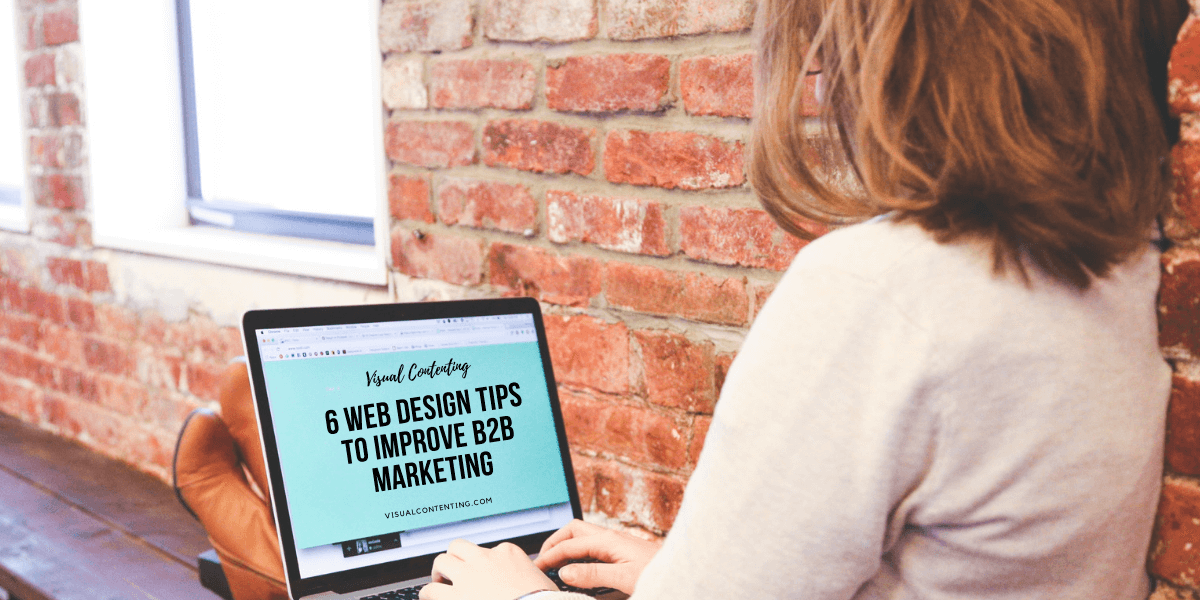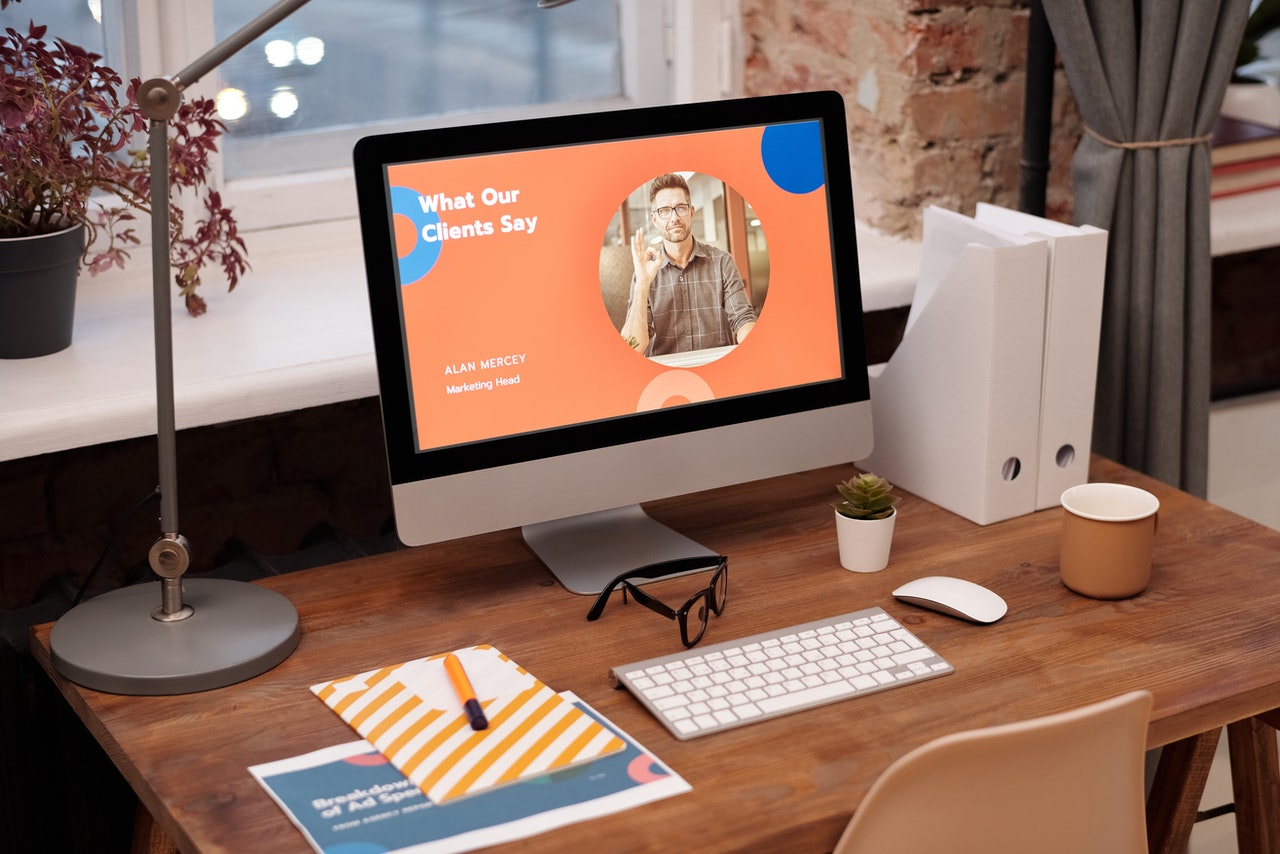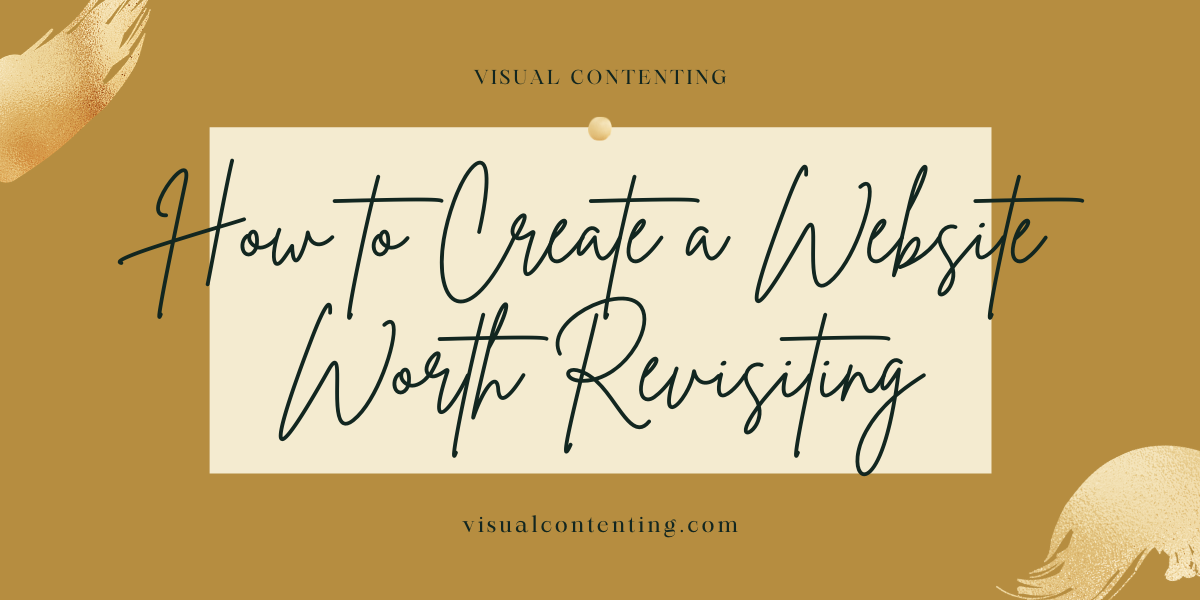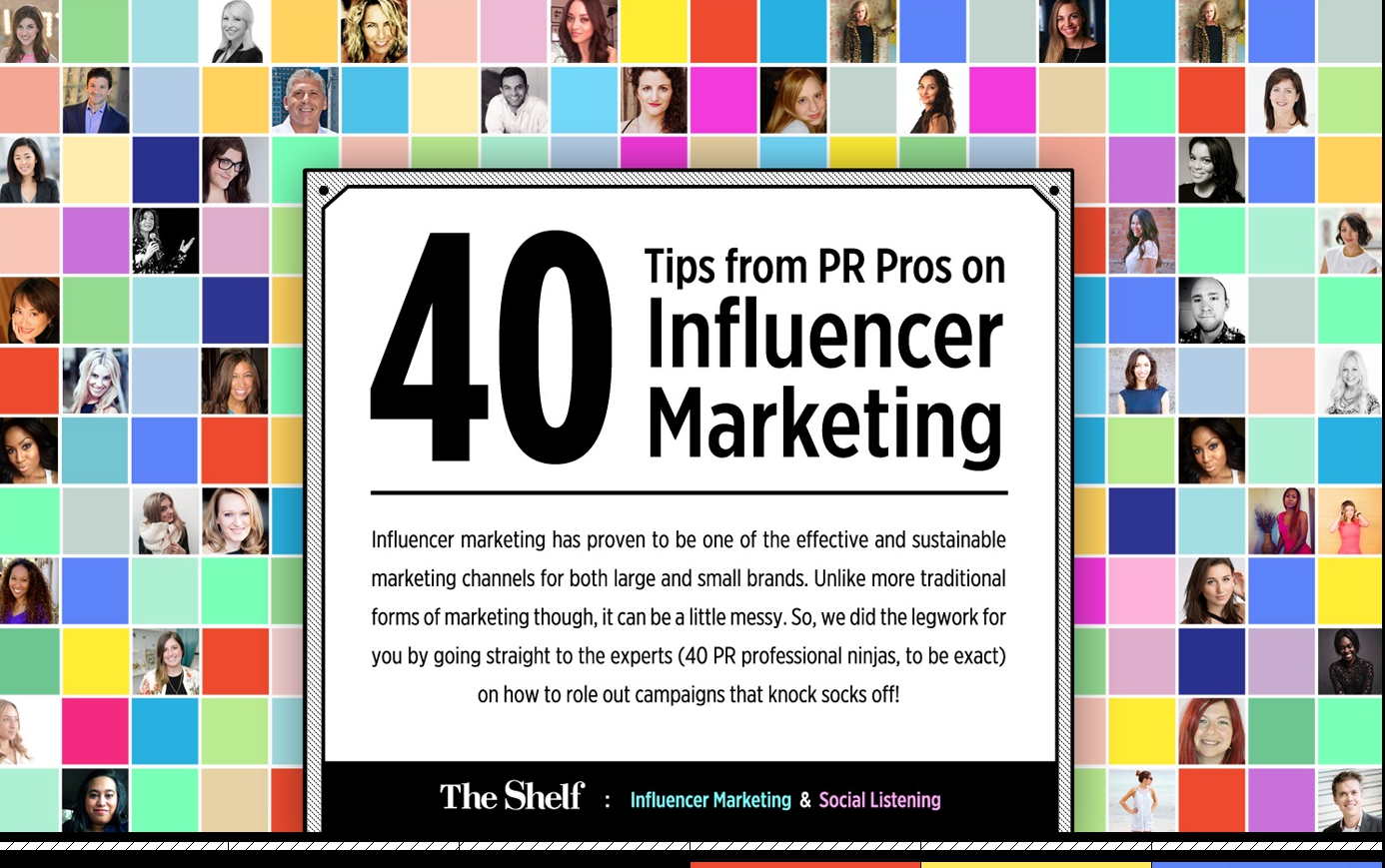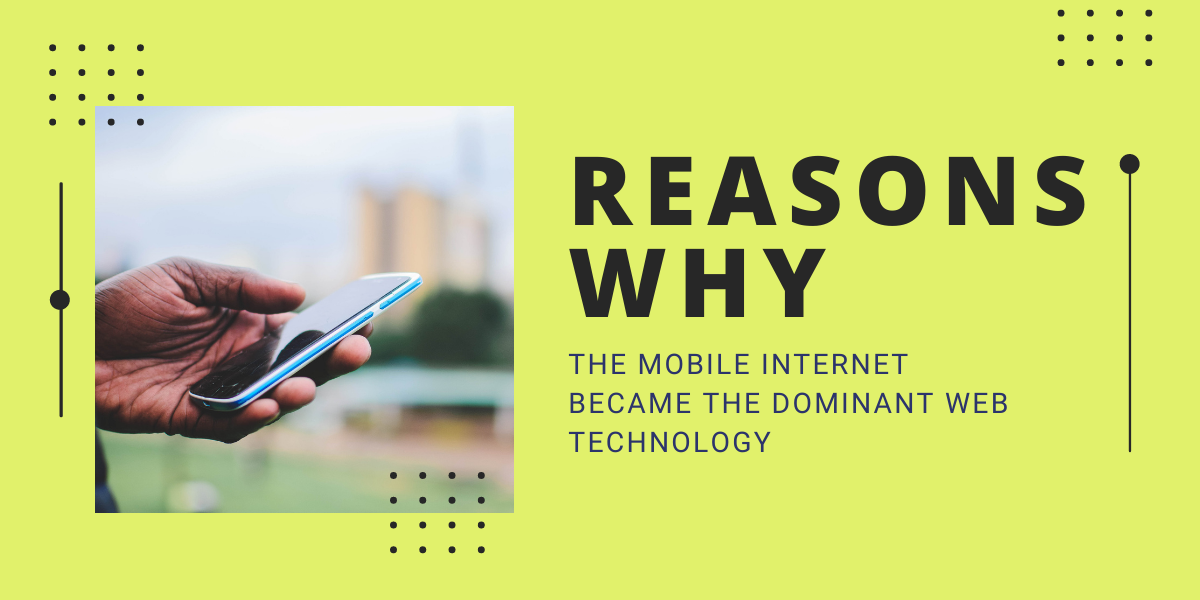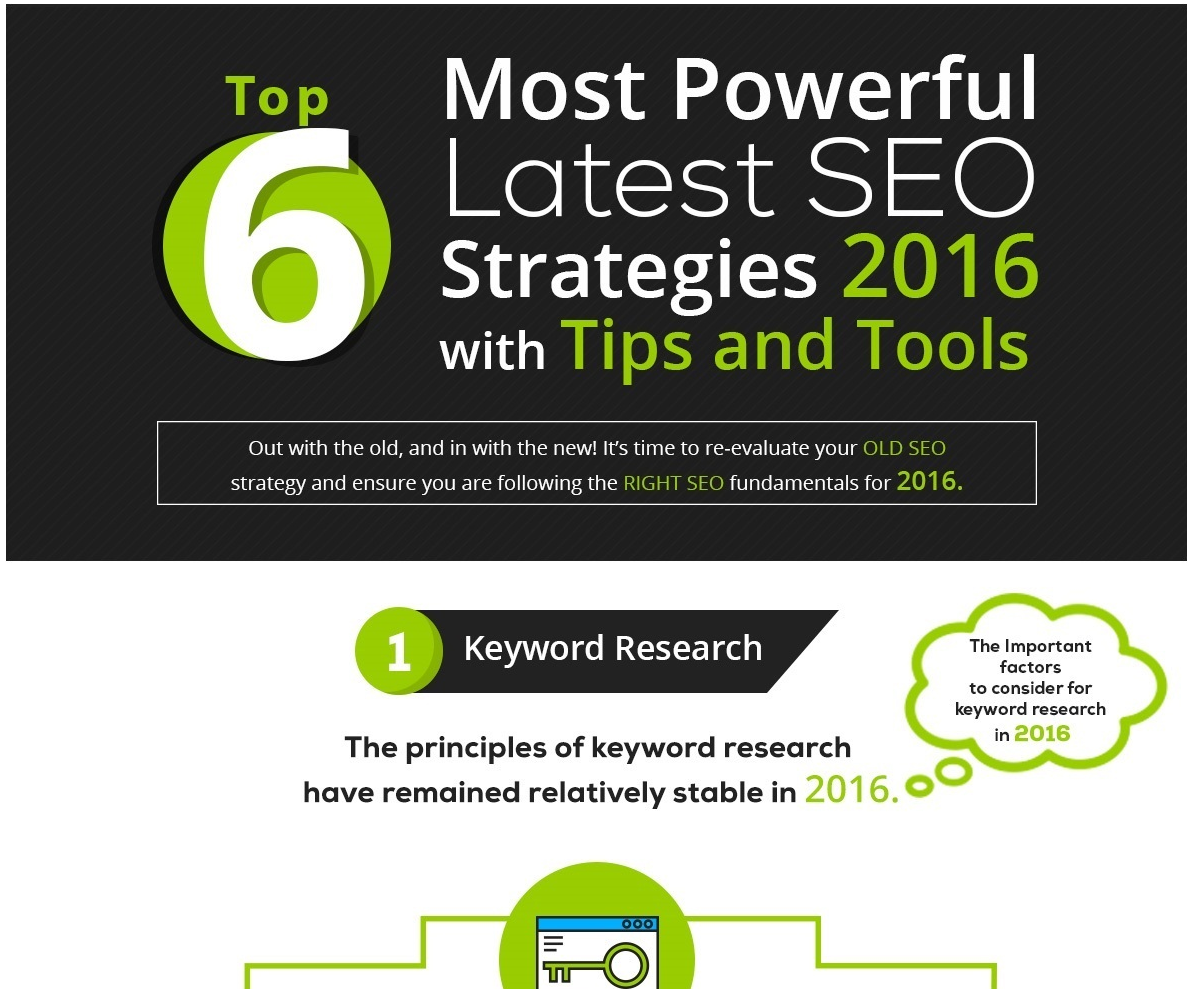Successful marketers frequently spend time analyzing their customer's needs and desire to target them more effectively. For instance, you spend time digging into demographic and regional information to see what these consumers are looking for in a product or service.
Are they focused primarily on price or quality? Are they seeking an innovative technology or an established, easy to use product?
By asking yourselves these questions as marketers, you can tap into what the consumers look for and how you can appeal to them.
However, business to business marketing (B2B) differs significantly from business to consumer marketing (B2C). Business to business conversions are largely focused on creating a relationship with the buyer, rather than making an immediate sale. Relationship building through providing industry content, branding and contact with a representative is significant for buyers of B2B goods.
The emphasis on relationship building lengthens the sales cycle. Due to the larger purchase price of B2B goods, there is often a buying center. A buying center is a group of employees or members of any type of organization responsible for finalizing major purchase decisions.
This is comparable to making large purchases as a family. If the washing machine breaks, typically one partner does not go out and purchase a washing machine. The partners go shopping together, speak to representatives and discuss what they want out of this purchase.
Similar to the purchase of the washing machine, the different stakeholders have different roles in the buying process and look for different attributes. In B2B the roles in the buying center include the user, influencer, buyer, decider and gatekeeper.
To lead these buying centers to convert, you must ask yourselves similar questions that B2C marketers ask. When you understand what these different roles look for, you can focus on optimizing your web design to appeal to various members of the buying group.
Here are six web design tips to improve your B2B conversions.

1. Know Who You’re Talking to
Determining which member of the buying group your website talks to is essential in effectively driving conversions.
For instance, the user is the person that in the end, will utilize the product or service. If you sold commercial blood pressure monitors, your user would be the nurses using these systems day to day. The influencer may be the doctor with experience using the machine, but will not be the end-user on most occasions. Gatekeepers are responsible for the flow of information. They communicate with the other members of the buying group but can often frame the situation how they would like by withholding information. The buyer is the person signing the check. This may be the hospital's purchaser or operations team member. The decider is the person ultimately deciding which blood pressure monitor to purchase. In some instances, this may be the user, or it could be the buyer.
These participants of the buying group all have different interests. If the user accesses your website, they will look for technical information like product pages. They will want to know many details about the product including its capabilities, accuracy, certifications and anything that ensures its quality as a product.
Often the gatekeeper or the user is the person viewing your website content. Gatekeepers look for the critical information they can pass on to the user to see if your product contends. Gatekeepers will appreciate concise, bullets of information about the product features. In this hospital, these gatekeepers would likely be on an operations team and not have the technical experience to understand the many technical elements of the product.
These blurbs of information shared with the user will potentially attract their attention and lead them to your site. These individuals should be targeted through detailed product pages, so they can get a better sense of the specifics of the product they would use.
Recommended: 5 Step Process to Creating a Detailed Buyer Persona
2. Embed Video Content for Product and About Us Pages
B2C websites don't always require detailed information to sell products, but B2B sites often provide a greater wealth of content for various buying personas.
Visual content like videos help provide buyers with perspective on expertise and knowledge while delivering visually appealing design to the webpage.
For buyers who may not use the product, this content helps break up the monotony of detailed product specifics and allows them to visualize the product. A study estimated that 70% of B2B buyers want to watch a video during the purchase process. A study estimated that 70% of B2B buyers want to watch a video during the purchase process. Click To Tweet
Users also appreciate video content because it allows them to see the product or service in action within an environment the potential user could relate. Some companies report an increase of as much as 144% in sales and conversions by embedding product videos. Some companies report an increase of as much as 144% in sales and conversions by embedding product videos. Click To Tweet
The importance of video carries over to "about us" company pages. As B2B sales cycles tend to be lengthy and built on standing relationships, website users often look to know more about the company they would work alongside. Unlike a B2C purchase, the relationship could potentially last indefinitely through consistent re-buys. The length of the relationship increases the stakes and causes users to want to learn more about the company's goals and vision.
Embedded video content featuring different company leaders speaking about the history of the company and their strategic vision helps buyers develop a trusting relationship with the organization.
Recommended: Is It a Good Idea to Equip Product Pages with Video Content?

3. Showcase Online Reviews
Many buyers rely heavily on online reviews, recommendations and social media content to make their decision.
Influencers are a member of the buying group. These influencers can be personal contacts to the buyer and user, or they could be in the form of online reviews and feedback. The user-generated content on third-party review sites or social media is incredibly influential in the decision-making process.
By strategically selecting a few honest reviews across various pages on the website, potential buyers can see what others say about your product.
In tailoring which reviews are on different pages, we can curate perfectly targeted pages for various members of the buying group.
For instance, “about us” pages that the buyer or gatekeeper would visit will feature reviews about the trustworthiness of the company and the valuable relationship formed. On the contrary, detailed product pages will feature reviews about the technical value and success of the product in action.
4. Include Trust Symbols
Your brand has worked hard to earn the emblems of review sites like Yelp or industry certifications — display them proudly!
These badges attest to your brand's commitment to quality and industry-leading expertise and potential buyers will see value in this.
Joe’s Garage, a coffee company in Seattle, displays their certifications proudly in the footer of their webpages. This ensures that regardless of where the user goes on the site, they can see the company’s accomplishments.
Members of the buying group will take notice of the certifications valuable to them by recognizing the symbol. Even if some of the certifications won't directly lead them to convert, they can see that your company works diligently to stand out in the industry.

5. Curate High-Quality Gated Content
Much like SEO best practice in producing high-quality industry content, creating top-of-funnel content for industry searchers will prove your brand’s credibility. Being viewed as a thought leader in B2B markets further establish meaningful relationships with potential buyers.
Providing users with access to this content after filling out a contact form can help your marketing team better target these individuals from lead nurturing details about their organization.
Some examples of top-of-the-funnel gated content include:
- eBooks
- How-To Videos
- Webinars
- Datasheets
- Industry Insights
- Downloadable Guides
Recommended: 11 Evergreen Content Marketing Trends to Use Year-Round
6. Provide Different Methods of Contact
With many different members of the buying group in B2B purchases, each stakeholder holds their preferred methods of contacting a potential supplier. Providing site users with numerous options for contacting your company will ensure that the method of communication doesn't hinder their willingness to connect with your business.
A B2B buyer is 57% of the way through a purchase decision before they engage a salesperson, which means that B2B businesses sit on a pile of leads that they have not yet contacted!
By giving users the opportunity to engage with your team through contact forms, email and live chat, you will begin the conversion process with leads that may not have picked up the phone and contacted you quite yet.
By communicating earlier in the buying process you can write the story. Open lines of communication prevent losing a conversion because the potential buyer didn't have the right information about product offerings.
Effectively Target Your Buying Group
By implementing these six web design tips for improving B2B marketing, your company will more effectively target multiple members of the buying group. When these personas feel their needs and product requirements are met, your sales team will convert more potential buyers into sales!
Related Posts
Kayla Matthews is a MarTech journalist and writer, whose work has been featured on Marketing Dive, Contently, Outbrain and Convince and Convert. To read more posts from Kayla, please visit her personal tech blog, Productivity Bytes.
